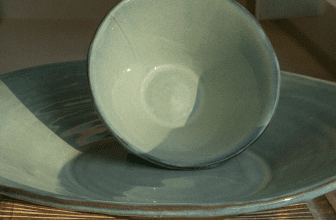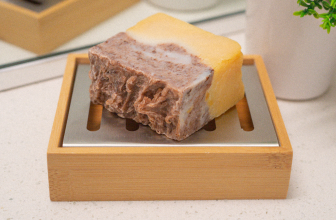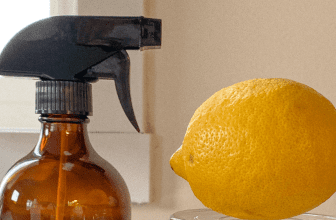How often should I replace my duvet and pillows?
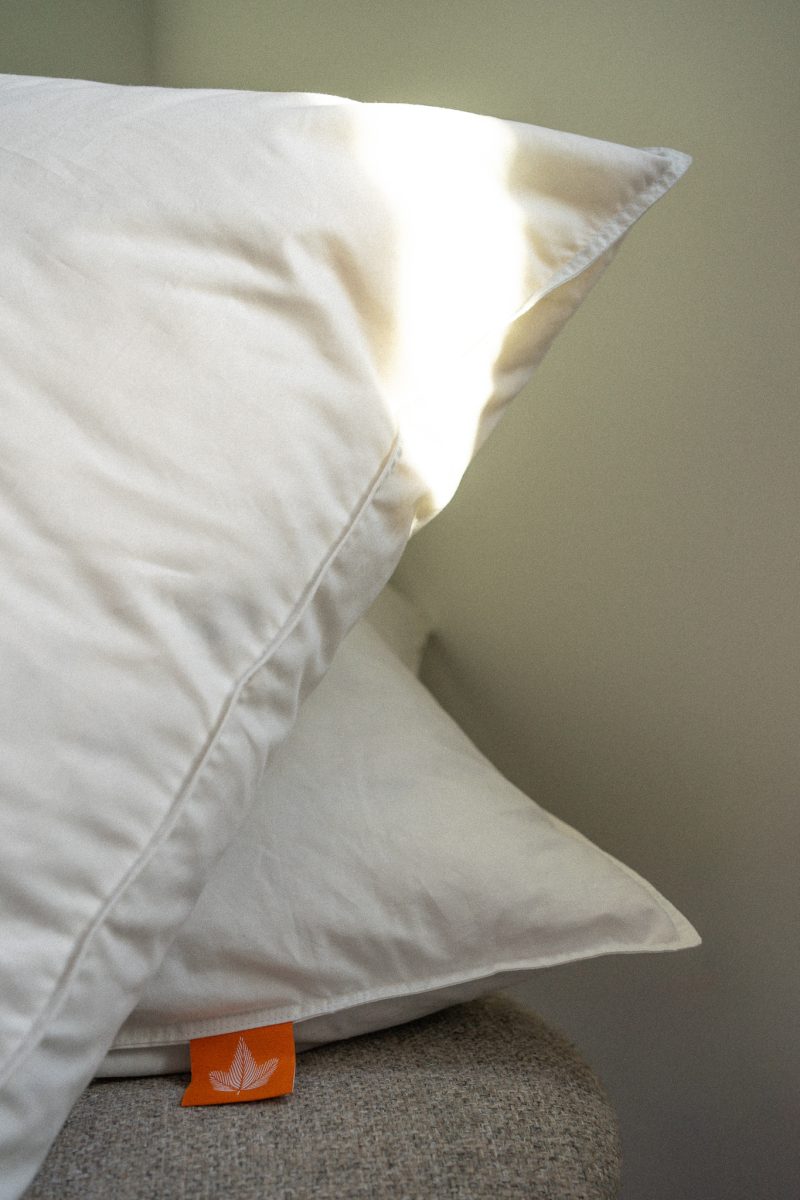
Used and abused old pillows, duvets or mattress pads… we can bet that one or more of these items has been on your bed for over 3 years. If this is you, keep reading!
We dug into the real-grimey truth about reasons to replace your bedding inserts; the why and when being the most important parts!
Replacement suggestions vary, from item to item, as well as business to business.
Canadian Down and Feather Company suggests you change your pillows once every 3 years, some businesses such as the National Sleep Foundation, suggest replacing them every 1-2 years!
As for duvets, some experts recommend 5 years – but we also have read that if you take proper care of it, a duvet can last you 20 years, and some come with a 20 year warranty! With all this info – how are you supposed to know for sure?
We’ve put together a list of considerations so that you are able to make your own informed decisions based on your own circumstances!
Let’s dive in.
Factors to consider + what’s the big deal?
Factors to consider:
- How long have you had the items for and how worn down are they?
- Whether you know exactly how long, or they just look stained, old and dirty – just looking at your items will give you a good idea on their lifespan. Yellowing tones, loss of fluff and smell are all great indicators of age/overuse.
- How often do you wash your sheets/cases/covers?
- The less you wash them, the more you’ll build up dirt, skin cells, and nutrients for the enemy (we’ll touch on who that is in a minute).
- Are you a hot sleeper?
- The more you sweat – once again, the more to fuel the freeloaders.
- How many of you sleep in your bed regularly? What about pets?
- Now if you (involuntarily) want to feel grossed out; you shed approximately 15 million skin cells a night, so does your partner, and you have a pet that likes to snuggle close – cute right? Maybe not. That adds up to around 35 million dead skin cells floating around. (Do not quote me on that, total estimate but you’re grossed out right?)
- What about the kind of pillows and bedding you’re currently sleeping on/in?
- Down and Feather aren’t for everyone! It’s usually a fan favourite, however there are some who have allergens to such fillings, and your sneezes will not help fend off the enemy – that’s more fuel. Your best bet might be to switch over to Gel Microfiber Alternatives instead of typical down or feather – Or ensure that the bedding you do buy has antimicrobial properties in place to keep the bacteria at bay.
So what’s the big deal?
The key here is asking ‘what’s the root cause for determining replacement?’
The enemy – Dust Mites.
Yes, you’ve likely heard of these micro-bugs that live rent-free in your bed, pillows and other sleep items. They multiply with more nutrients, and their nutrients are your sweat, dirt and skin cells. (All 15 million you shed every night, remember?) The unfortunate thing is, they are unavoidable – the fortunate part is everyone has them, and they likely won’t bother you physically unless you are allergic to them!
If your skin is crawling by now, like my own – you’re about to deep clean your bedroom and research like crazy on how to avoid these dirty ‘bug’ers.
Not to fret, I’ve done the legwork for the research part, but the rest is up to you!
Okay so everyone has dust mites living rent-free in their beds… Now what?
There’s no golden ticket idea for avoiding dust mites, but there are some ways to decrease the amount and growth of the micro-bugs:
- The easiest option (and highly recommended if you are sleeping in oooold bedding) – Replace your inserts with ones that are antimicrobial! (or anti-bacterial, but ‘antimicrobial’ covers beyond bacteria, it includes algae, parasites, fungus, dust mites, some viruses and more) The good news is that we have options for you when it comes time)
- Regularly wash your bedding! By increasing the frequency in which you clean your covers, you will deprive the dust mites of their sustenance – thus leaving them to wither away, disrupting their reproduction cycle. Less dust = less mites.
- One-up the layers of protection with washable mattress covers or an antimicrobial mattress pad! This way your bed is even comfier and you have less of a chance for the dust mites to thrive on your mattress, which is much harder to clean.
- Get antimicrobial linens to further distance your possibility of attracting the wrong kind of critters. (What’s the right kind of critters you ask? NONE – exactly) If you’re looking for the best in anti-bacterial; items made with natural silver do wonders for killing bacteria!
- Clean your mattress – this requires a good vacuum head along with other items, and some steps we won’t get into here. However, you can read about mattress cleaning on Architectural Digest, this is where I learned how to do this myself!
- Set a date in your digital calendar for 5 years down the road to reassess your bedding situation! It’s easy to forget how long you’ve had the bedding for and you’ll be able to make a decision if it’s time to replace or not!
Okay, so I made it pretty easy to want new bedding, but you’re probably thinking – Olivia, I can’t replace everything every 2-5 years! That adds up!
And that’s okay, I’m in that boat too, most people are – the best part is you get to decide when to swap out items as you see fit!
Remember, the mites aren’t going to band together to rise up and start an army, they’re just simply something you likely want to prevent if you can.
Take pride in your bed comfort – invest in your sleep haven for a good, clean night’s sleep.
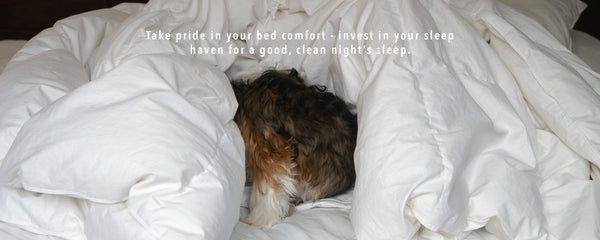
Contributed by: Olivia Rhain – Decorator and Interior Designer. Foremost expert in bedding , home decor and design trends.



